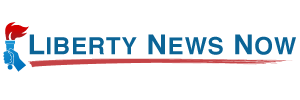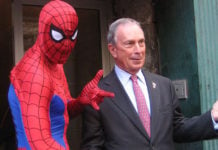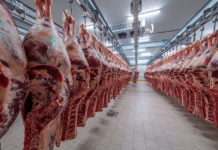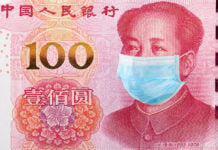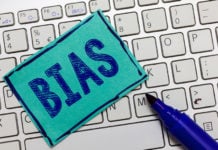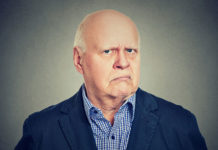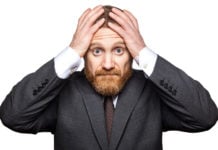What sort of machine is the economy? The common conception is that it’s a fragile and sensitive device, highly responsive to both good and bad government policies. Pessimists worry that one or two wrong moves from Washington will cause it to seize up. Optimists think the right change in tax or regulatory policy can supercharge it.
The administration shares this general outlook. Early in Donald Trump’s presidency, he and his economic advisers hailed what was coming. With Trump’s policies, declared Stephen Moore, “4 percent growth can and should be the new normal in America.” After the president signed his big tax cut, Lawrence Kudlow said, “We’re on the front end of an investment boom.”
It was a nice fantasy. In 2017, real GDP grew by 2.2%; in 2018, it increased by 2.9%. In 2014 and 2015, under Barack Obama, the figures were 2.5% and 2.9%.
The investment boom hasn’t happened. “A slim 5% rise in 2019 capital spending is in store, down from last year’s 6% gain,” reported Kiplinger last month. “That is a small annual gain compared with past decades, when double-digit increases in capital spending were relatively common.”
The administration didn’t have any magic dust. Economic growth appears to be settling down around the level that Trump disparaged when Obama was president. The new normal is not much different from the old normal.
The latest Wall Street Journal survey of 60 economists found that they expect real GDP growth to total less than 2% in the second, third and fourth quarters of 2019. In 2016, the term Stephen Moore used for that rate of growth was “sluggish.”
“It’s no surprise,” Howard Gleckman, a senior fellow at the Urban-Brookings Tax Policy Center, told WBUR. “Nearly everyone who looked at this, other than the Trump administration itself, felt that this would have very little effect on the economy.”
Trump’s critics, however, have also exaggerated his importance to the economy.
Immediately after the election, Princeton economist and New York Times columnist Paul Krugman predicted a global downturn — though he quickly retracted that forecast. A year ago, Bank of America Merrill Lynch economist Ethan Harris warned that Trump’s trade war could cause a recession.
So far, however, the U.S. economy has kept chugging on along. Some sectors, particularly agriculture and autos, have suffered, but their troubles haven’t spread too far. The looming prospect of a bigger trade war with China and Europe has yet to throw much sand in the gears.
“If anyone has shown presidents don’t matter for the economy, it’s Trump,” George Mason University economist Tyler Cowen told me. “All the uncertainty simply has not stalled the recovery.”
Other economists think Trump has had some effect on the economy. Says John Cochrane of Stanford University and the Hoover Institution, “The recent boost in growth does have something to do with deregulation.” Northwestern’s Robert Gordon says the tax cut boosted GDP growth, but only temporarily. He also says, “The uncertainties around tariffs and trade have contributed to caution on the part of businesses.”
But Trump has made less difference, for good or ill, than most people expected. The evidence suggests that for the most part, the economy is not fragile and flighty but sturdy and resilient. It’s not a lightweight canoe that requires endless adjustments and can be knocked off course by every ripple or breeze. It’s an aircraft carrier, moving forward in fair weather or foul and not easily stopped.
The tax cut that Trump said would be “rocket fuel” for the economy looks more like regular unleaded. The administration, however, is not about to admit that its policies are mistaken or ineffectual; it has to be that some powerful, sinister force is impeding them.
That would be the Federal Reserve, which the president and his allies blame for not cutting interest rates. But if his policies were as potent as we’ve been told, they would not wilt because our low interest rates are not a quarter-point or a half-point lower.
Back in 2016, Moore wrote: “The lesson of the Fed under Ben Bernanke and now Yellen is that easy money is no economic solution to this decade-long malaise. As economist Larry Kudlow puts it: ‘The Fed can print money, but it can’t create jobs.'” Now, they see easy money as the only hope.
Everyone knows how to take care of the economy, and often they’re wrong. Fortunately, it can usually take care of itself.
